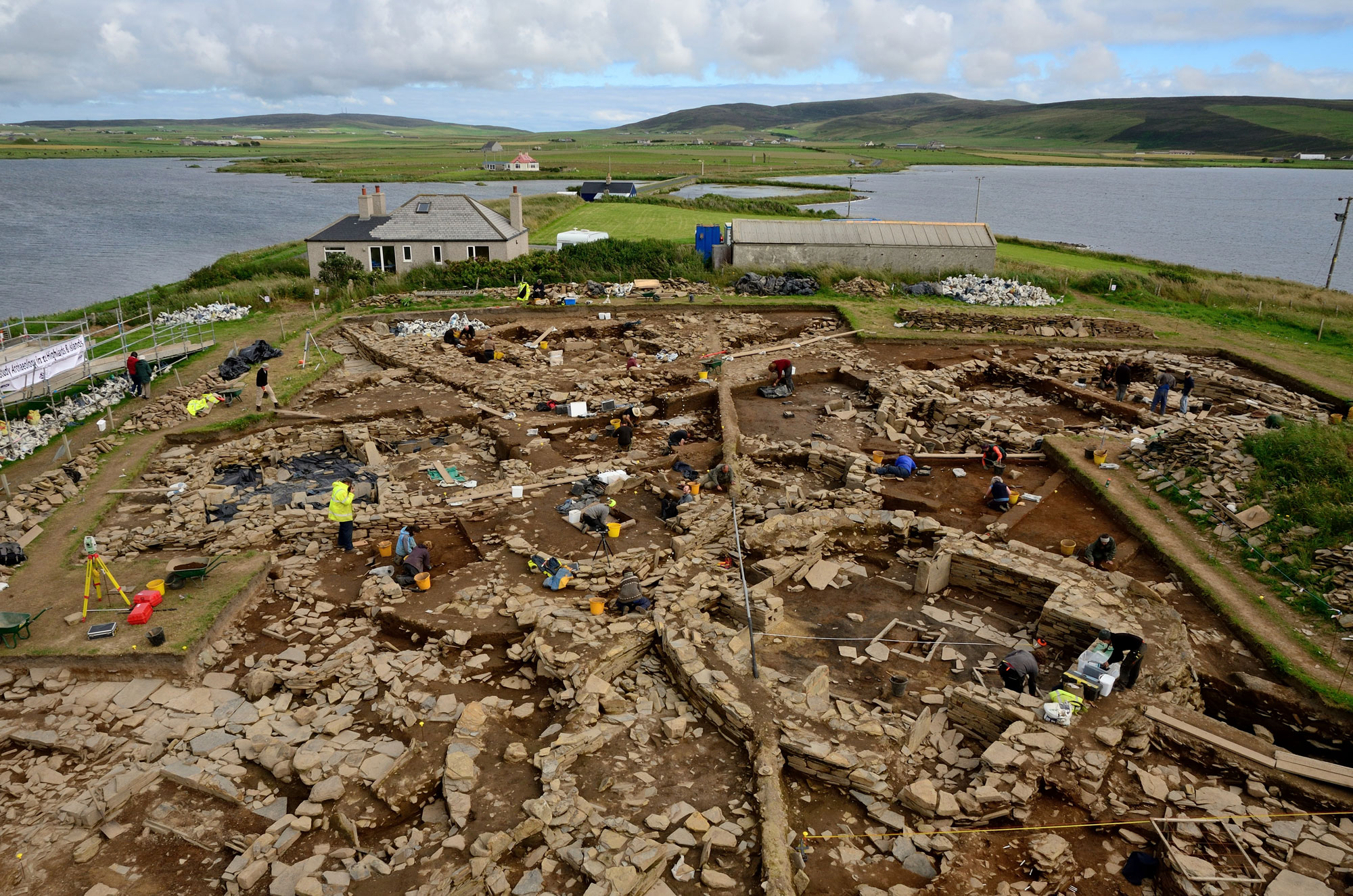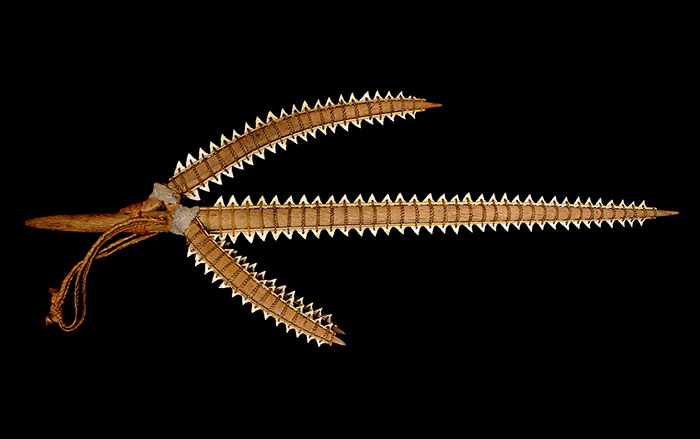Lucas Asicona Ramírez probably had no idea that he was embarking on an archaeological excavation five years ago when he began scraping down the plaster on the walls of his 300-year-old home in Chajul, Guatemala. But his renovation uncovered a series of murals that had been painted by his Ixil Maya ancestors in the years after the Spanish conquest. Some of the paintings depict what archaeologists Lars Frühsorge, Jarosław Źrałka, and William Saturno believe to be a ritual called the Dance of Conquest. The people in this painting seem to be Maya, yet wear some pieces of European clothing. The seated figures are playing instruments while the figure on the right, wearing a jaguar skin and cape, dances.
Maya Mural Miracle

Recommended Articles
Off the Grid November/December 2025
Bighorn Medicine Wheel, Wyoming

Letter from Mongolia November/December 2025
Building the Black City
Why the nomads of the Uighur Empire constructed a medieval urban center like no other

Digs & Discoveries November/December 2025
In His Majesty's Secret Service

Digs & Discoveries November/December 2025
Washington Risks It All

-
Features January/February 2013
Neolithic Europe's Remote Heart
One thousand years of spirituality, innovation, and social development emerge from a ceremonial center on the Scottish archipelago of Orkney
 Adam Stanford/Aerial Cam
Adam Stanford/Aerial Cam -
Features January/February 2013
The Water Temple of Inca-Caranqui
Hydraulic engineering was the key to winning the hearts and minds of a conquered people
 (Courtesy Tamara L. Bray)
(Courtesy Tamara L. Bray) -
Letter from France January/February 2013
Structural Integrity
Nearly 20 years of investigation at two rock shelters in southwestern France reveal the well-organized domestic spaces of Europe's earliest modern humans

-
Artifacts January/February 2013
Pacific Islands Trident
A mid-nineteenth-century trident illustrates a changing marine ecosystem in the South Pacific
 (Catalog Number 99071 © The Field Museum, [CL000_99071_Overall], Photographer Christopher J. Philipp)
(Catalog Number 99071 © The Field Museum, [CL000_99071_Overall], Photographer Christopher J. Philipp)

